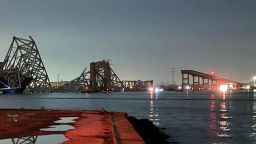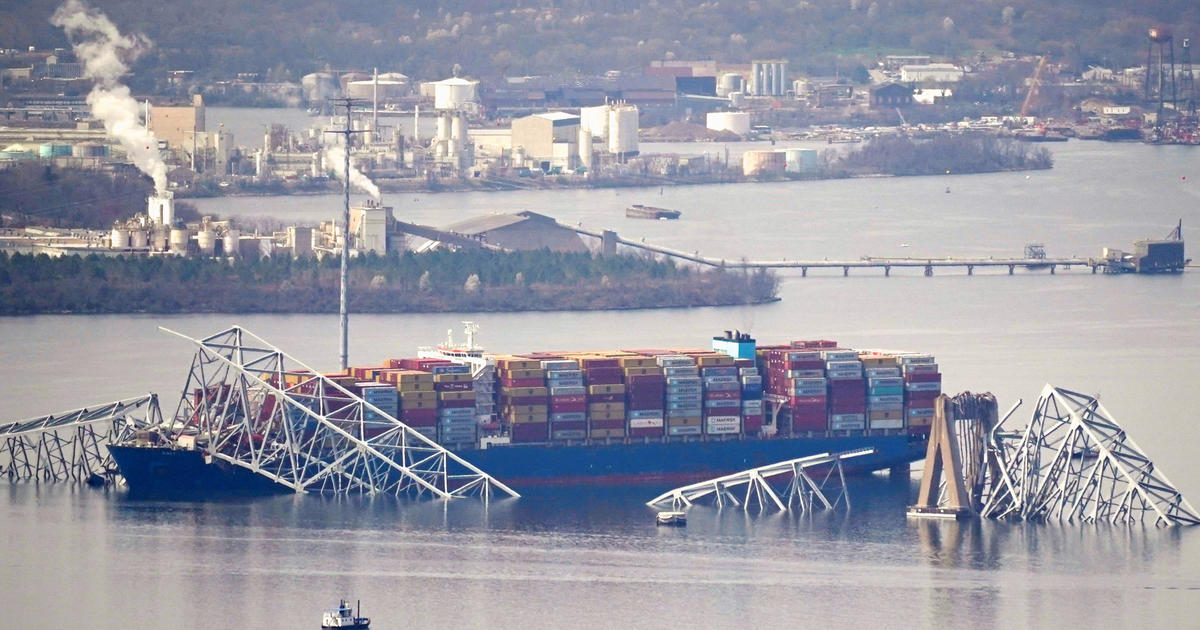Concerned American
Diamond Member
And those issues won't be addressed in the rushed slipshod replacement that the vegetable will attempt in order to make it look like he got the port up and running.That none of the above seems to have been considered by the port of Baltimore.

 02 a.m.: The VDR resumed recording ship system data. During this time, steering commands and orders regarding the rudder were captured on audio.
02 a.m.: The VDR resumed recording ship system data. During this time, steering commands and orders regarding the rudder were captured on audio.